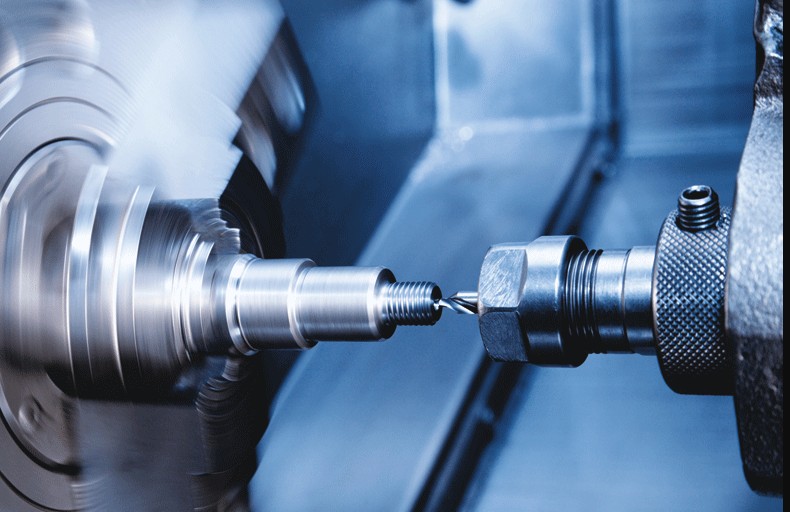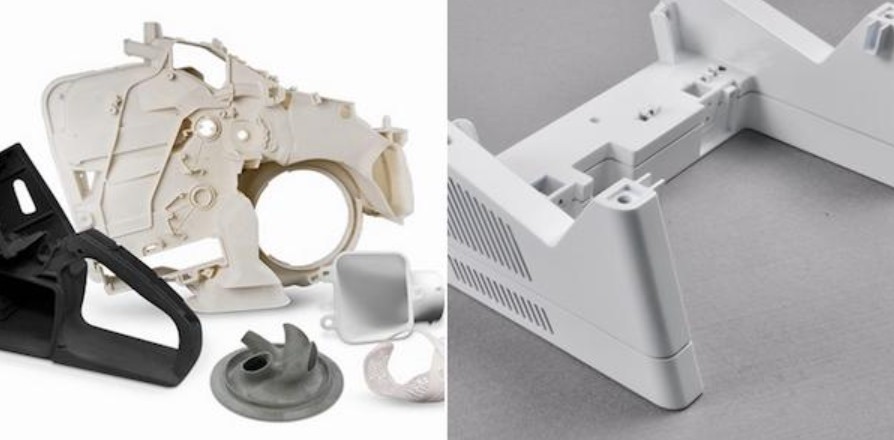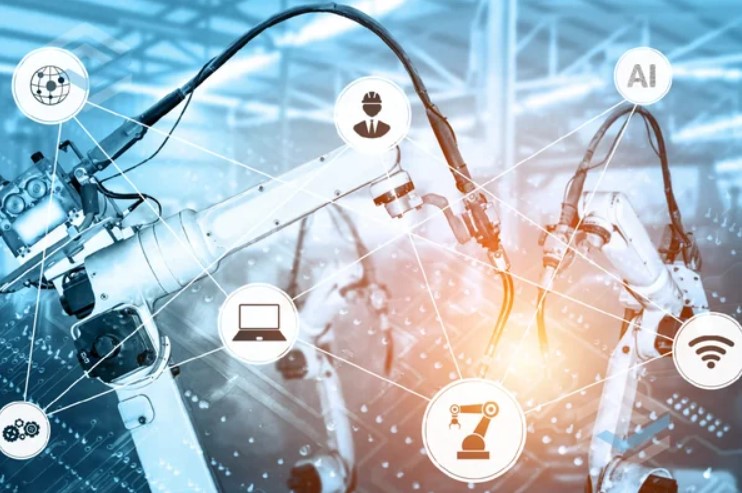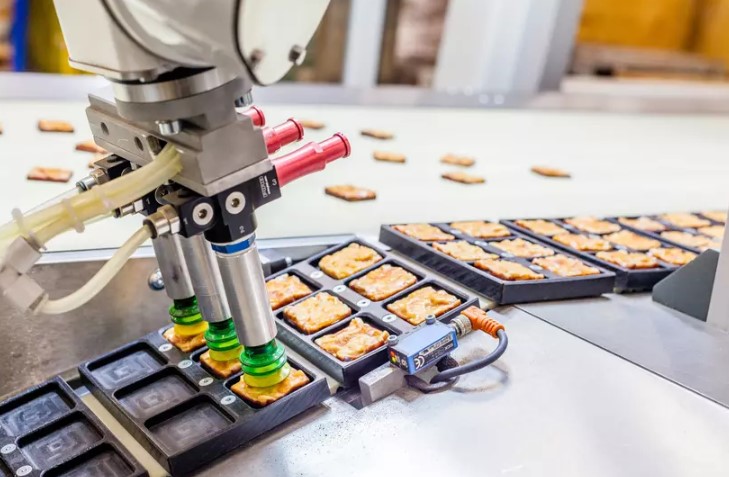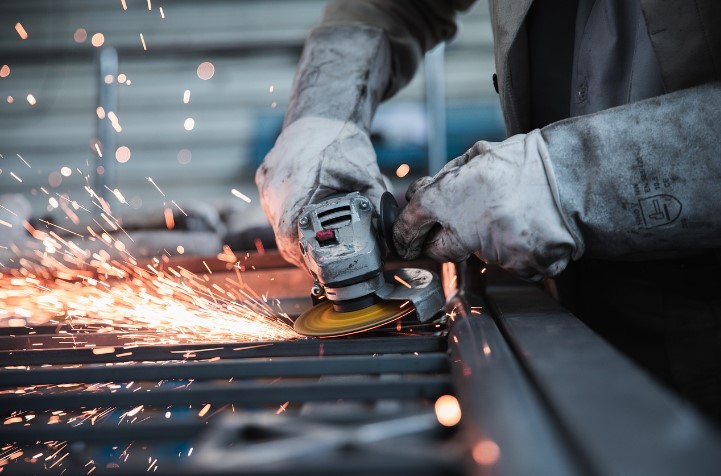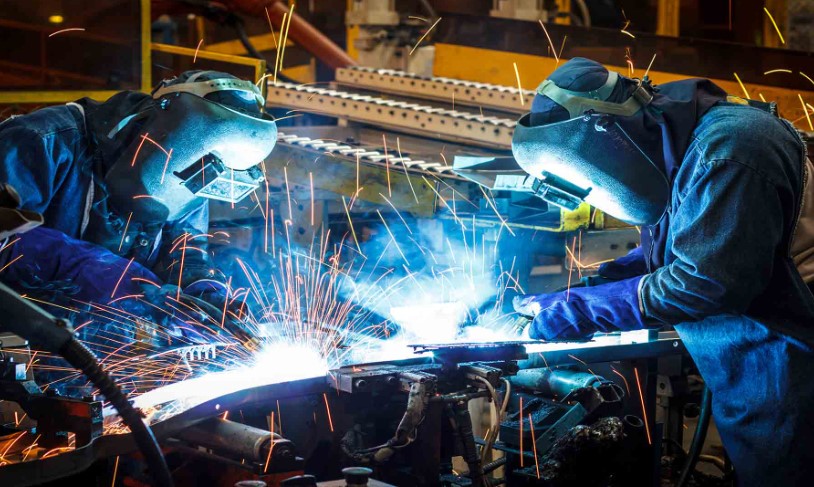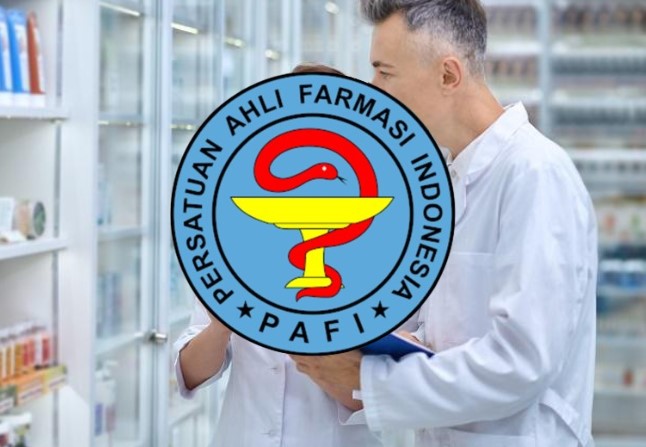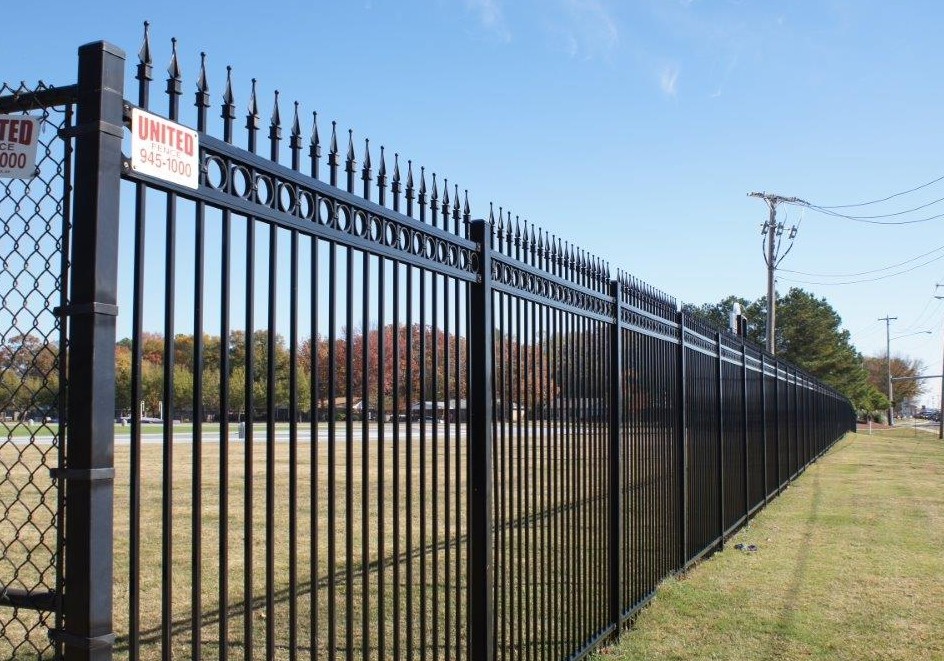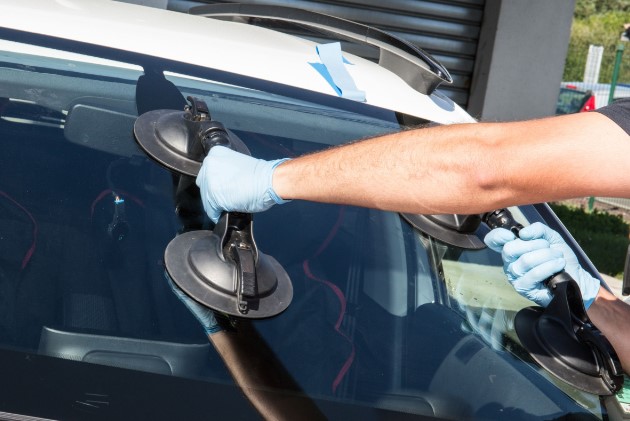-
The New Era of Precision Manufacturing: How Swiss Machining and Custom Fasteners are Spurring Innovation in Industry
The pursuit of perfection within microns is the ultimate challenge of manufacturing today. Dear manufacturing engineers, as precision manufacturing professionals, you certainly know how critical precision components and special fasteners’ are to product quality, whether it’s the safety performance of aerospace vehicles, the reliability of medical devices, you trust those seemingly insignificant yet critical tiny components. This article describes the nature of recent developments in Swiss machining technology and specialty fasteners, and how they can create innovation and push manufacturing forward. 01 Swiss Machining – The Art and Science of Precision Manufacturing Swiss machining technology grew out of the hyper pursuit of precision in watchmaking and has transcended into a…
-
AI on the Fast Track: How Industries Are Rapidly Adopting Smart Technology
Artificial intelligence (AI) has transitioned from futuristic concept to everyday essential, reshaping how industries innovate, operate, and compete. Whether it’s diagnosing illnesses earlier or automating real-time inventory decisions, AI is becoming central to the workflows of businesses across the board. The momentum behind this shift isn’t just about automating tasks—it’s about unlocking more agile, accurate, and personalized outcomes that redefine how value is created and delivered. What’s unfolding is often referred to as an “AI arms race,” as sectors race to implement intelligent systems that promise enhanced efficiency, improved performance, and strong returns on investment. Healthcare: From Reactive to Predictive Healthcare is one of the most promising frontiers for AI.…
-
The Essential Guide to Choosing the Right Hot Melt Glue Tank for Your Business
In industries where speed, efficiency, and precision are paramount—such as packaging, product assembly, and woodworking—hot melt adhesives have become a trusted solution. At the heart of any reliable hot melt adhesive system is the hot melt glue tank—a key component that ensures adhesive is heated and dispensed properly. But not all hot melt glue tanks are created equal. If you’re considering an upgrade or starting from scratch, understanding what to look for in a glue tank can significantly impact performance and cost-efficiency. What Is A Hot Melt Glue Tank? A hot melt glue tank is a heated reservoir designed to melt and maintain adhesives at optimal temperatures for application. These tanks are integral…
-
Why Modern Manufacturing Demands Automated Probe Calibration
In today’s high-precision manufacturing landscape, accuracy is everything. Whether you’re machining aerospace parts or medical devices, even the smallest deviation can result in scrap, rework, or worse—catastrophic failure. At the heart of this precision is the CNC machine’s probing system, and its calibration. Probe calibration isn’t just a routine step in setup; it’s the gateway to right-first-time production, reliable quality control, and the future of automated manufacturing. As production environments evolve, so too must the calibration methods. In this article, we’ll explore the role of probe calibration in 5-axis CNC machining, why traditional methods fall short, and how automation is transforming this critical process. The Core Purpose of Probe Calibration Touch…
-
Urethane Casting for Transparent Parts: How to Achieve Clarity and Strength
Transparent components are essential in a range of industries, from medical diagnostics to consumer electronics and automotive lighting. When speed, cost-efficiency, and visual clarity are all priorities, urethane casting emerges as a powerful solution for prototyping and low-volume production of clear parts. However, achieving both optical transparency and mechanical strength in urethane-cast components requires more than just selecting the right resin. Every stage—from master pattern quality and mold preparation to casting conditions and post-processing—affects the final result. There is a range of essential factors to consider to ensure the production of clear and strong cast urethane parts. It demands careful consideration of the material, mold design, casting procedure, and appropriate finishing methods.…
-
Why Strong Connectivity Is the Backbone of Smart Manufacturing
Connectivity is the foundation that supports today’s advanced manufacturing systems. In the age of smart factories — where automated workflows, cloud services, and industrial IoT are deeply integrated — strong network infrastructure is critical. Without it, even the most sophisticated production lines can grind to a halt. While equipment failures tend to get immediate attention, connectivity problems often go unnoticed until they cause significant disruptions. Laggy data streams, unstable connections, or signal dropouts can stall operations and erode efficiency. Recognizing and fixing these issues is essential for maintaining uptime and meeting production goals. How Network Failures Lead to Downtime Modern manufacturing relies heavily on constant communication between systems. Industrial IoT…
-
How Security Fencing Enhances Property Safety: A Comprehensive Guide
Every property deserves to be protected, and the best way to do that is with security fencing. From homes to large commercial and industrial sites, protection is one of the most valuable investments you can make for a property. There are many different options when it comes to security. Working with a team like Metalco can help ensure you get quality materials and a customized solution that meets your needs. You should design a security fence to enhance the security of your property and facility, catering to any unique needs or preferences that you might have for the fencing solutions. In this comprehensive guide, we take a closer look at just…
-
Smarter Safety – How Technology Is Changing the Game in Industrial Manufacturing
In industrial manufacturing, safety has always been a critical concern — and rightly so. Between heavy machinery, high-speed production lines, and human involvement in complex processes, the potential for risk is always present. But as the industry continues to evolve, so too must the systems we use to protect people on the factory floor. Traditionally,…
-
The Right Way for Car Shipping: A Step-by-Step Guide
When it comes to moving a vehicle, whether it’s for a move, purchase, or sale, ensuring that the process is smooth, efficient, and safe is essential. Car shipping can seem like a complex task, but when you know the right way to go about it, the entire experience becomes much more manageable. For those looking to ship a vehicle within Canada, especially across provinces, car shipping Canada services provide the best solution to transport your vehicle safely and affordably. Step 1: Choose a Reliable Car Shipping Provider The first and most important step in car shipping Canada is selecting a trustworthy shipping company. Look for a provider with a solid reputation, proper licensing, and…
-
Mag Wheels: The Secret Sauce Your Aussie Ride Has Been Missing
Listen up, mate—if you’re still rolling on those bland stock rims, you’re doing your car a disservice. Imagine this: You’re coasting down the highway, the summer sun bouncing off a fresh set of mag wheels, and every head on the street swivels in your direction. That’s the power of a serious wheel upgrade. Now, let’s be real: the roads in Australia can be unforgiving. One minute, you’re on a silky-smooth stretch of asphalt; the next, you’re dodging potholes the size of Uluru. Not all wheels can handle this kind of punishment. But mag wheels are engineered to take a beating and keep on gleaming. They’re lighter than steel rims, which…
